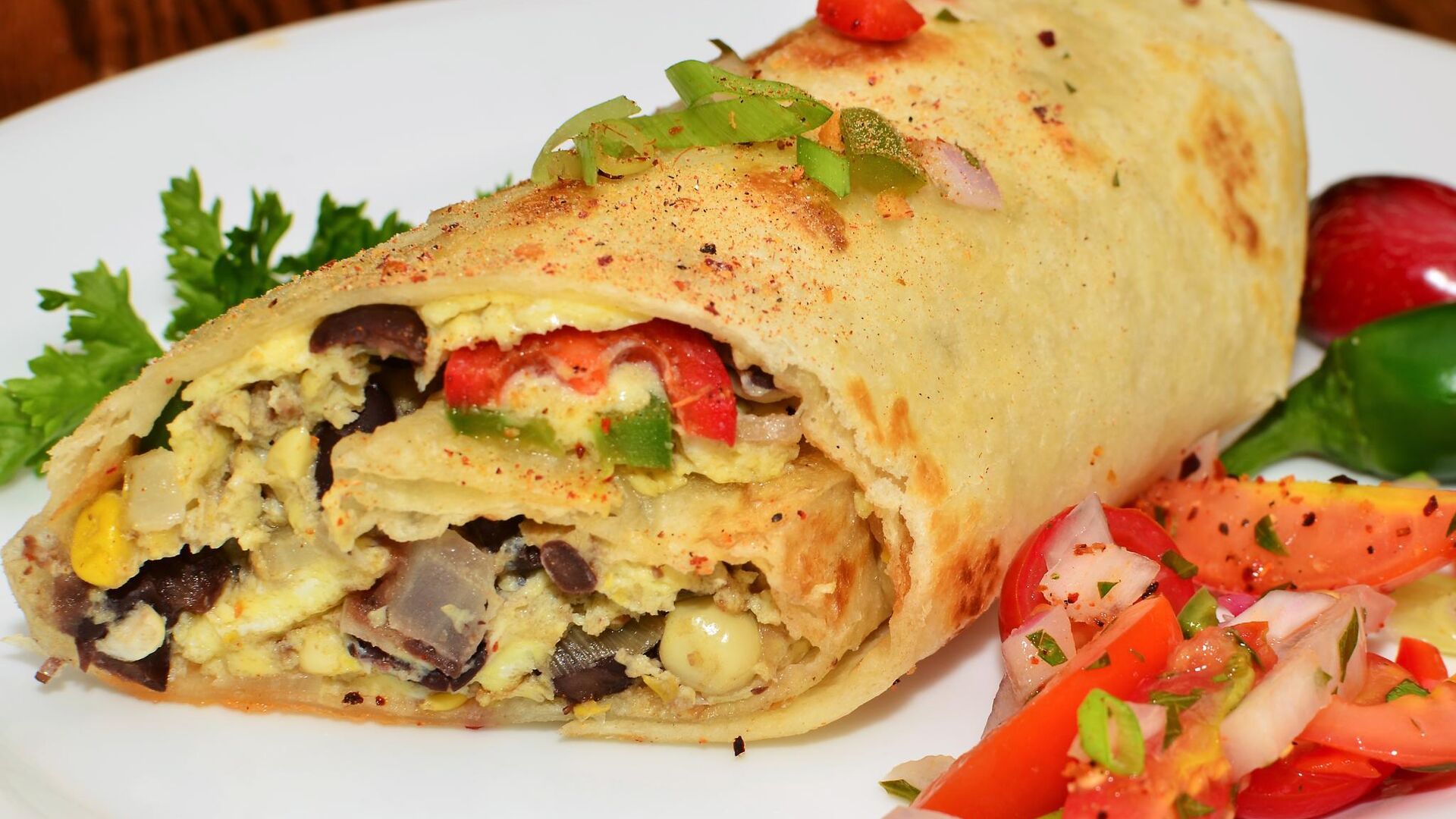Robo-Burrito: Food-Assembling Machine to Soon Enter Mexican Food Chain in US
Subscribe
As artificial intelligence (AI) becomes more complex, experts anticipate a sharp increase in unemployment as machines begin to replace flesh-and-blood workers. Still, economic troubles seem to be arresting those developments.
Fast-casual food chain Chipotle unveiled on Tuesday a new robot that can do much of the work currently done by human employees to assemble customers’ burritos, salads, and rice bowls.
Dubbed a digital “makeline,” the machine debuted in a short promotional video showing it assembling a rice bowl alongside an employee who is making a burrito. The bowl is passed through the machine by several holders as the rice, beans, corn, and other toppings are dispensed from above. The completed bowl is then raised up to the countertop at the end of the assembly line, where the employee is finishing making a burrito, implying that the machine will take just as long as a human worker to finish the task.
The system is reportedly being developed in conjunction with Hyphen, a kitchen technology firm, and will be tested at the Chipotle Cultivate Center in Irvine, California, the firm’s test kitchen. However, in the coming months, customers across Southern California can expect the robot to start assisting in assembling their orders, the company said.
This follows Chipotle’s July debut of the Autocado, a machine dedicated to turning avocados into guacamole - a typically labor-intensive task that often requires a dedicated employee to perform over the course of a work shift.
Curt Garner, Chipotle’s chief customer and technology officer, told US media that the goal of the automation wasn’t to replace workers, but to help manage the increasing numbers of online orders that shops have been receiving. Online orders have to be made by the same workers who make the food of customers standing in the restaurant line, creating a choke point that slows down service.
“We’re operating like two restaurants out of one,” Garner said, noting that unlike in-person customers who tend to chat with workers and tweak their orders as their being assembled, “digital kitchen customers wants to make sure an order is ready quickly and is accurate.”

19 September 2023, 18:22 GMT
However, Garner also said that Chipotle’s long-term vision was to make the automated makeline “be the centerpiece of all our restaurants’ digital kitchens.”
The threat posed to human workers by automation is palpable. Even before the COVID-19 pandemic, reports by McKinsey and other analysts had warned that half of work activities are capable of being automated and that 47% of jobs were at risk of being automated with sufficient advances in artificial intelligence.
A study last year published in the journal Econometrica found that job automation can exact an even heavier toll on workers than before, impacting their livelihoods, job security, and quality of life. A study published by MIT last November also found that between 1980 and 2016, automation “has reduced the wages of men without a high school degree by 8.8 percent and women without a high school degree by 2.3 percent, adjusted for inflation.”
That said, recent data compiled by the Association for Advancing Automation, an industry group, found that factories and other industrial users had ordered 37% fewer labor-saving robots in the second quarter of 2023 than a year ago, continuing a trend seen over the two previous quarters. The report credits instabilities in the US economy, such as high interest rates and slowing economic growth, with the slowing of automation.
"It's not that we've soured on automating," Jeff Burnstein, president of the industry group, told US media in late August. "But when people are worried about inflation and the economy, it puts a damper on everything - they hold off."


